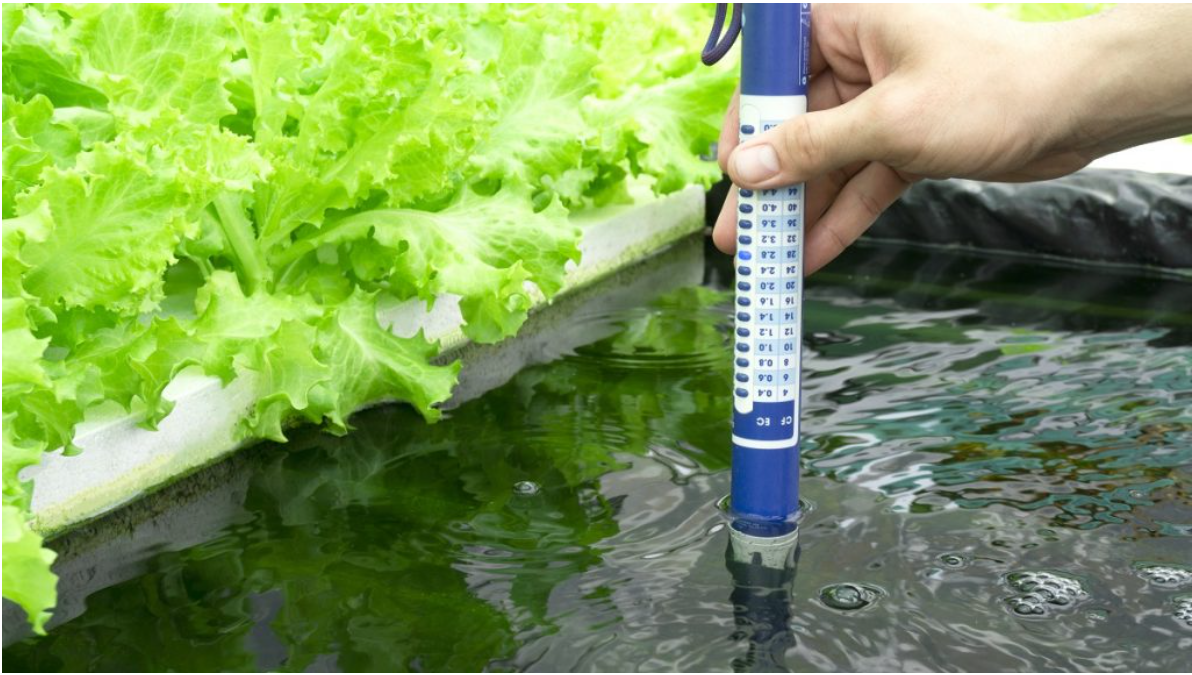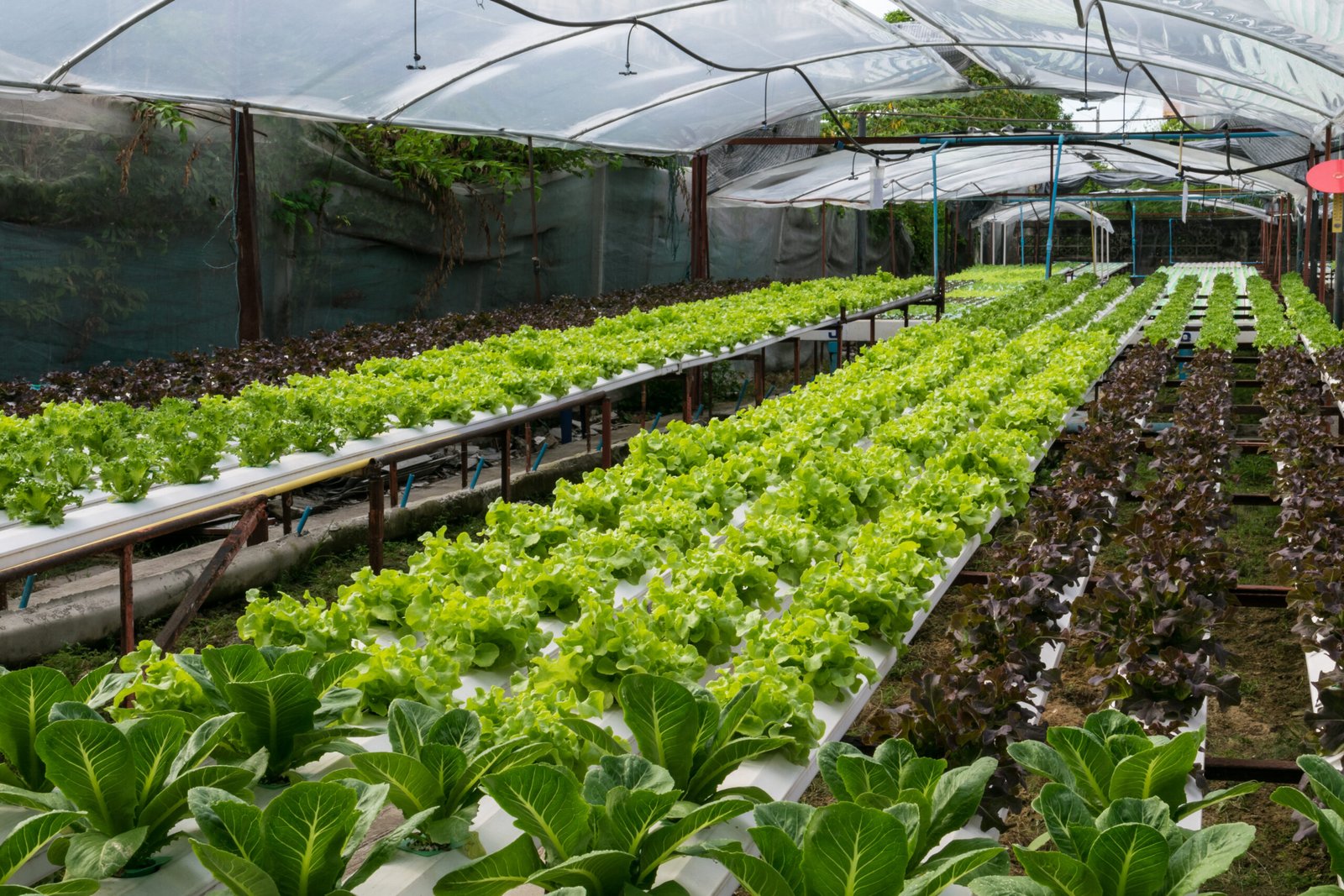Introduction :
In the realm of hydroponic farming, precision reigns supreme. The health and vitality of your plants hinge on a delicate balance of various factors, among which pH stands as a cornerstone. In this comprehensive guide, we delve into the intricacies of pH management in hydroponics, unraveling its significance, impact, and best practices for optimal crop cultivation.
Understanding pH: pH, an abbreviation for “potential hydrogen,” denotes the acidity or alkalinity of a solution. On a scale ranging from 0 to 14, a pH of 7 signifies neutrality (akin to pure water), values below 7 indicate acidity, while those above 7 denote alkalinity. Notably, the pH scale operates logarithmically, implying that each unit change represents a tenfold difference in acidity or alkalinity.
pH in Hydroponics: In hydroponic systems, maintaining the correct pH level is paramount for ensuring optimal nutrient uptake by plants. Unlike soil-based cultivation, where plants exert some control over their environment, hydroponically grown crops depend entirely on the grower for essential nutrients, including their pH-regulated availability.
Types of pH Ranges: Different plants exhibit varying pH preferences, necessitating growers to adhere to specific pH ranges for optimal growth. While most hydroponic crops thrive within a pH range of 5.5 to 6.5, certain species, like blueberries, necessitate more acidic conditions, typically ranging from 4.0 to 5.0. Understanding these nuances is imperative for tailoring pH management strategies to individual crop requirements.
Factors Affecting pH Levels: Numerous factors can influence pH levels in hydroponic systems, ranging from nutrient solution concentration to the presence of organic and inorganic matter. Nutrient absorption by plants, microbial activity, and even fluctuations in environmental conditions can trigger pH fluctuations, underscoring the need for vigilant monitoring and proactive adjustment.
Problems Arising from pH Imbalance: Deviation from the optimal pH range can lead to nutrient lockout, wherein plants struggle to absorb essential nutrients, manifesting in symptoms like yellowing leaves, stunted growth, and nutrient deficiencies. Left unaddressed, pH imbalances can culminate in reduced crop quality and yield losses, undermining the viability of hydroponic farming endeavors.
Maintaining pH Stability: Achieving and sustaining optimal pH levels requires a multifaceted approach encompassing regular monitoring, strategic adjustment, and proactive intervention. Employing reliable pH testing tools, such as digital meters or liquid test kits, enables growers to accurately assess pH levels and promptly address deviations through targeted pH adjustment solutions.
Best Practices for pH Management: To maintain pH stability, growers must adopt a systematic approach involving frequent monitoring, precise adjustment, and meticulous record-keeping. Establishing a baseline pH range tailored to specific crop requirements serves as a foundation for effective pH management, while periodic testing and adjustment ensure ongoing stability and optimal nutrient availability.
Conclusion: In the intricate tapestry of hydroponic farming, pH emerges as a linchpin, dictating the success or failure of crop cultivation endeavors. By mastering pH control through diligent monitoring, strategic adjustment, and adherence to best practices, growers can unlock the full potential of their hydroponic systems, fostering robust plant growth, bountiful yields, and sustainable agricultural practices. Remember, in the world of hydroponics, precision is paramount, and pH mastery is the key to unlocking nature’s full potential.





0 Comments